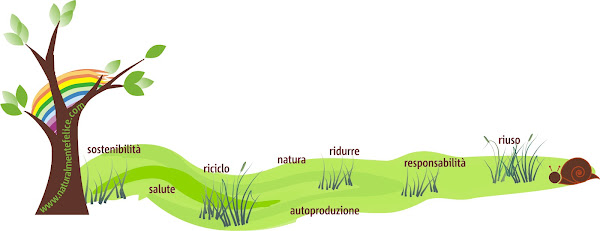In questo mese è possibile piantare ancora fave, cipolla e piselli ma anche molte verdure in area protetta. E' necessario avere una serra oppure una copertura (tipo tunnel protettivo). In queste aree protette potete piantare spinaci, lattuga, carote, bietola.
E' fondamentale preparare il terreno libero per le prossime semine perciò consiglio di svuotare le compostiere oppure alimentate il terreno facendo delle trincee e buttateci i vostri scarti alimentari qui trovate un elenco delle cose da compostare, durante i mesi invernali il terreno lo trasformerà in compost.
 (www.activistpost.com)
(www.activistpost.com)Inoltre, se avete deciso di iniziare a fare un orto dalla primavera prossima, iniziate a studiare come volete farlo. Magari volete un orto sinergico, oppure volete fare dei letti organizzati (vedete il video), si possono pure fare con dei vecchi pallet, oppure decidete di studiarvi un pò di permacultura. Insomma questi mesi invernali sono ottimi per apprendere, capire e programmare.
Emma
In October , we talked about vegetable patches in a more practicle way and we have decided to talk about the main jobs to be done month by moth. Today, we will talk about November and December as these two months are not too busy, but one can still work on it to prepare a good spring season and help nature prepare during these winter months.
During this month, we can still plant broad beans, onions, peas but also many other vegetables in protective areas. If you have a poly tunnel or a greenhouse, you can plant spinach, lettuce, chard and carrots.

It is fundamental to prepare the soil for the next season, so you can empty your composter or you can “feed” your soil by making long holes and adding your food scraps here you can find a list of all the compostable waste, during the winter, the soil will work and be fed by this food!
If you have decided to start a vegetable patch next spring, you may want to start studying for it. You may want to start a synergic method, or you may prefer making raised beds (see the video), you can also use pallets or you may decide to study a bit of permaculture. Take advantage of these winter months to start learning, understanding and programming your patch

Eh sì, l'inverno è proprio tempo di studi e organizzazione. Grazie per i vari consigli:)
RispondiEliminaGrazie e te!
Elimina